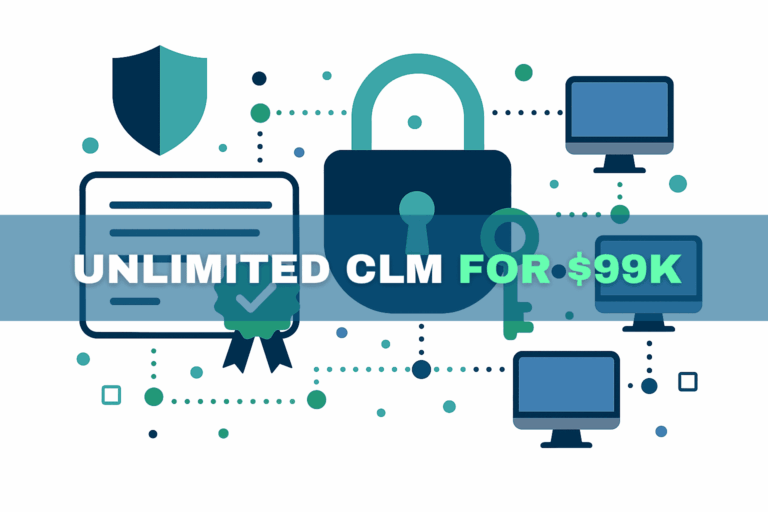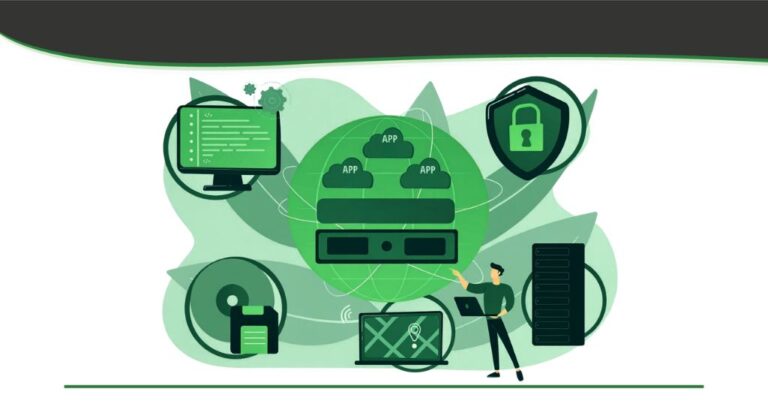In the escalating chess match between cybersecurity professionals and malicious actors, traditional perimeter-based defenses are no longer enough. Firewalls, antivirus software, and even network-level encryption, while essential, can’t protect data once it’s inside your systems. The rise of application layer encryption marks a pivotal shift in strategy: securing the data itself, at the very moment it’s created or consumed.
And in 2025, that “invisible wall” may be the strongest defense you will ever see.
What Is Application Layer Encryption?
Application layer encryption is a method of encrypting data within the application that generates or processes it, before it’s stored, transmitted, or accessed. Unlike transport layer security (TLS) or database encryption, which protect data in transit or at rest, this method ensures sensitive information is encrypted at the exact point where it’s most vulnerable: in use.
This is particularly important as modern environments shift to:
- Microservices architectures
- Cloud-native deployments
- Containerized and ephemeral workloads
Each of these adds layers of complexity, and attack surfaces.
Why Application Layer Encryption Matters Now
In the past, organizations treated encryption as a checkbox for compliance, an afterthought. But today’s threat landscape demands a more aggressive posture. Here’s why application layer encryption is becoming non-negotiable:
- Insider threats: Privileged users, rogue developers, or misconfigured services can access unencrypted data in traditional models.
- API vulnerabilities: As APIs become the connective tissue of apps, attackers exploit them to exfiltrate sensitive data.
- Shadow IT and third-party risks: Data that travels through unauthorized tools or services may never be properly secured.
With application-level controls, even if a malicious actor gains access to your database, all they’ll see is ciphertext.
Real-Time Mitigation of Complex Threats
Application layer encryption is most effective when combined with complementary security measures, including:
- Web Application Firewalls (WAFs): These serve as your first line of defense against injection attacks, XSS, and bot traffic. However, when paired with encryption at the app level, WAFs no longer carry the sole burden of protecting sensitive data.
- API Security: Encrypted payloads at the application layer ensure that even if an API is compromised, the attacker can’t parse the stolen data.
- Data Loss Prevention (DLP): Traditional DLP systems often scan content for sensitive information leaving the network. With application layer encryption, that content becomes unreadable to DLP tools without proper authorization, raising the bar for insider data exfiltration.
Why Database Encryption Isn’t Enough
Encrypting data at rest is necessary but insufficient. If attackers access your database via a vulnerability or compromised account, they can usually decrypt data using stored keys. Application layer encryption separates encryption keys from backend systems, often using client-side hashing architectures (a foundational design of GaraSign by Garantir).
This separation of duties minimizes blast radius during a breach. It’s what makes application layer encryption a zero-trust-aligned approach.
Application Security Testing (AST) & IAM: Filling the Gaps
Encryption doesn’t replace other critical tools, it amplifies them.
- Application Security Testing (AST) tools uncover logic flaws and insecure coding practices that could otherwise expose sensitive data.
- Identity and Access Management (IAM) systems ensure only the right users and services can request data decryption or key access.
Think of encryption as the lock, IAM as the key holder, and AST as your locksmith doing quality control.
Garantir’s Role in This New Paradigm
At Garantir, we understand that application-layer encryption isn’t just a feature, it’s a philosophy. Through our flagship product, GaraSign, we help enterprises encrypt data at the point of origin, while maintaining performance and operational efficiency.
Here’s what makes GaraSign stand out:
- Client-side hashing architecture ensures private keys never leave secure boundaries.
- Seamless integration with code signing, SSH, document signing, TLS, and more.
- High-performance encryption without disrupting workflows, development pipelines, or system availability.
When you protect the data itself, rather than just the systems around it, you elevate your entire security posture.


